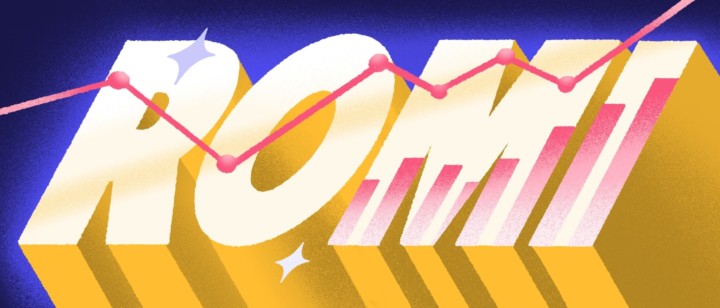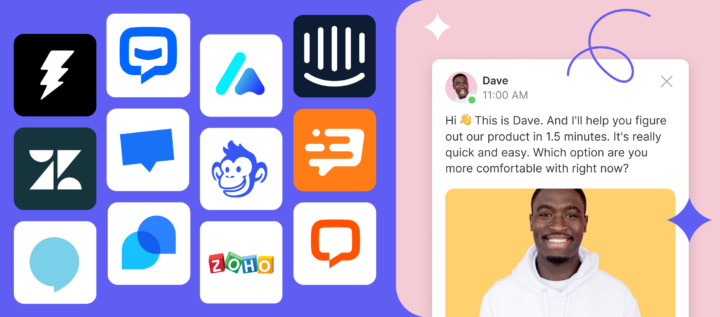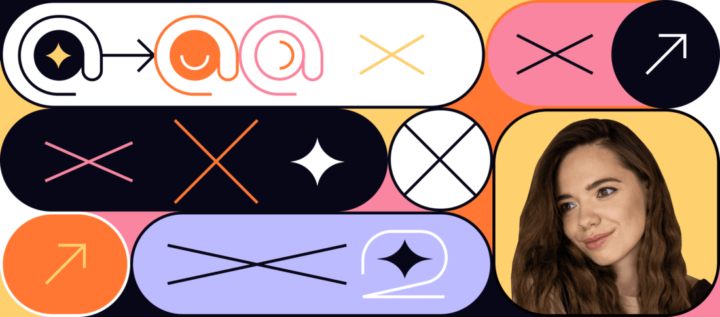Four frameworks you need to know as a marketer

Frameworks are created to simplify our life. In Dashly, we tried a lot of frameworks and made the top four frameworks that we use on a daily basis. In this article, I’ve made a list of them and the description of how they may come useful for you, and how you can implement them. Enjoy reading!
Read also:
👉 How to use lead generation chatbot for your website
👉 Lead nurturing platform for your revenue growth
👉 12 types of marketing nurture campaigns
👉 3-step guide on inbound lead qualification: how to qualify inbound leads on autopilot
👉 Acquisition funnel marketing: Grow customer conversions at each step of user journey
1. Ideal Customer Profile
The SaaS market grows by 12% annually. To beat the competition, businesses have to better understand users’ needs and create messages according to this. This is how the Ideal Customer Profile framework appeared.
Every business has its Ideal Customer — the customer who gets all the benefits from the product. However, not every business knows what he or she looks like. Still, this is vital knowledge for growing a product and launching successful marketing campaigns.
In our recent videos, we take a look at the concept of an Ideal Customer Profile.
In the first video, we talked about the difference between ICP and the buyer persona, and the way you can apply this to your business to start growing the number of your customers.
In the second video, we explore ICP from the practical side. You’ll find a step-by-step guide on how to define your product ICP and how you can apply this to start growing. Watch here:
Read also:
- Attract customers with these 24 ecommerce lead magnets
- The 7 Key Email Marketing Metrics & KPIs You Should Be Tracking
- Product adoption: 7 tips to prove your value
2. Buyer persona
Unlike ICP, buyer persona isn’t the customer you want to have, this is a real person that buys from you. You can’t just come to the market and say: this is my great product, this will be useful for everyone, love and enjoy this. This is when the buyer persona comes useful.
Understanding this framework can help you communicate with your current customers and define where they have bottlenecks in the funnel.
Learn more about the framework, how this may be useful for your business, and how to define this:
Read also:
- 10 best customer engagement strategies
- Client onboarding: how to engage, retain, and win users
- Customer engagement strategy: a complete guide to winning prospects in 2023
3. Customer Journey Map
As soon as you know who is your Ideal Customer Profile, you need to understand its way from the first touch to retention. This is also a useful framework. It will help you answer many questions:
- How do customers buy the product?
- What is the funnel and what are bottlenecks?
- What emotions do they feel?
- What obstacles do they meet before the purchase?
- What might prevent them from buying?
Analyzing CJM will help you understand the type of message you need to address to people at a certain step of CJM to get a higher conversion rate and revenue.
We’ve prepared two videos. In the first video, we explained what CJM is using simple examples:
The second video is about how to find useful data for building customer journey maps, how not to make offensive mistakes, and create relevant CJM:
Read also: how to find respondents for a survey or customer interview
4. The north star metric
Well. Now you know what are your bottlenecks and how to communicate with your audience to make them perform target action. But how to measure the result of your work?
To make your life easier, clever people have already created another framework — the North Star Metric.
In brief, what’s this? The north star metric is about business focus and the way you can measure success. This is the metric that implies several metrics that are important to your business. And it is quite convenient to track only one metric that will tell whether your business is on the right track or not.
In Dashly, we actively use the north star metric, and have something to tell you about this.
The first video is telling what is a North Star Metric and what is it for:
The second video will tell you how to determine what is your North Star Metric based on your company’s goals and how to choose the input and output data. Briefly, all the basics you need to know to start to measure the North Star:
Read more
- 10 Best Live Chat Software for Customer Support
- The North Star Metric and How Can This Lead to Success
- How to create a user journey online map for your online school students [4 free templates]
- Increase Customer Support Efficiency With 15 Best Knowledge Base Tools
- What customer engagement platform is best for your business? 15 options to choose
- The best way to collect emails: 5 top-notch methods unveiled
- Choose your ideal lead nurturing platform: Top 10 software tested by experts



![Top 10 Best Custom Chatbot Platforms for your website [+AI]](https://www.dashly.io/blog/wp-content/uploads/2020/06/cover-1-720x308.jpg)


![10-step Guide on How to Create a Chatbot for your Website [Build without code]](https://www.dashly.io/blog/wp-content/uploads/2022/06/How-to-create-a-chatbot-to-automate-conversations-with-your-website-visitors-720x317.png)
